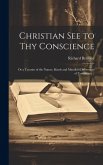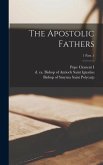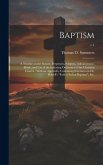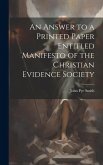In "Christianity Distinct From The Religion Of Nature, In Answer To A Late Book, Entitled, Christianity As Old As The Creation, &c. Part. II.," Thomas Broughton offers a robust defense of revealed religion against the backdrop of deistic thought. This work serves as an apology for the positive institutions of Christianity, arguing for the necessity and divine origin of specific Christian practices and doctrines. Broughton engages critically with contemporary philosophical challenges to traditional Christian belief, presenting a detailed and reasoned case for the unique claims of Christianity. This book is a valuable resource for understanding the theological debates of the 18th century and the ongoing dialogue between faith and reason. It offers insights into the historical context of Christian apologetics and its enduring relevance for contemporary discussions about the nature of religious truth and the role of revelation. This work has been selected by scholars as being culturally important, and is part of the knowledge base of civilization as we know it. This work was reproduced from the original artifact, and remains as true to the original work as possible. Therefore, you will see the original copyright references, library stamps (as most of these works have been housed in our most important libraries around the world), and other notations in the work. This work is in the public domain in the United States of America, and possibly other nations. Within the United States, you may freely copy and distribute this work, as no entity (individual or corporate) has a copyright on the body of the work. As a reproduction of a historical artifact, this work may contain missing or blurred pages, poor pictures, errant marks, etc. Scholars believe, and we concur, that this work is important enough to be preserved, reproduced, and made generally available to the public. We appreciate your support of the preservation process, and thank you for being an important part of keeping this knowledge alive and relevant.
Bitte wählen Sie Ihr Anliegen aus.
Rechnungen
Retourenschein anfordern
Bestellstatus
Storno

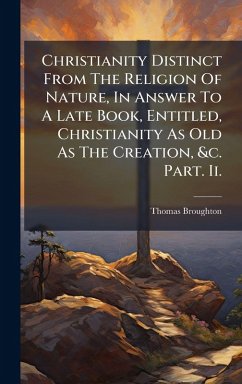

![A Defence of the Church-government, Faith, Worship, and Spirit, of the Presbyterians [microform]: in Answer to a Book, Entitled An Apology for Mr. Tho A Defence of the Church-government, Faith, Worship, and Spirit, of the Presbyterians [microform]: in Answer to a Book, Entitled An Apology for Mr. Tho](https://bilder.buecher.de/produkte/65/65490/65490264m.jpg)
